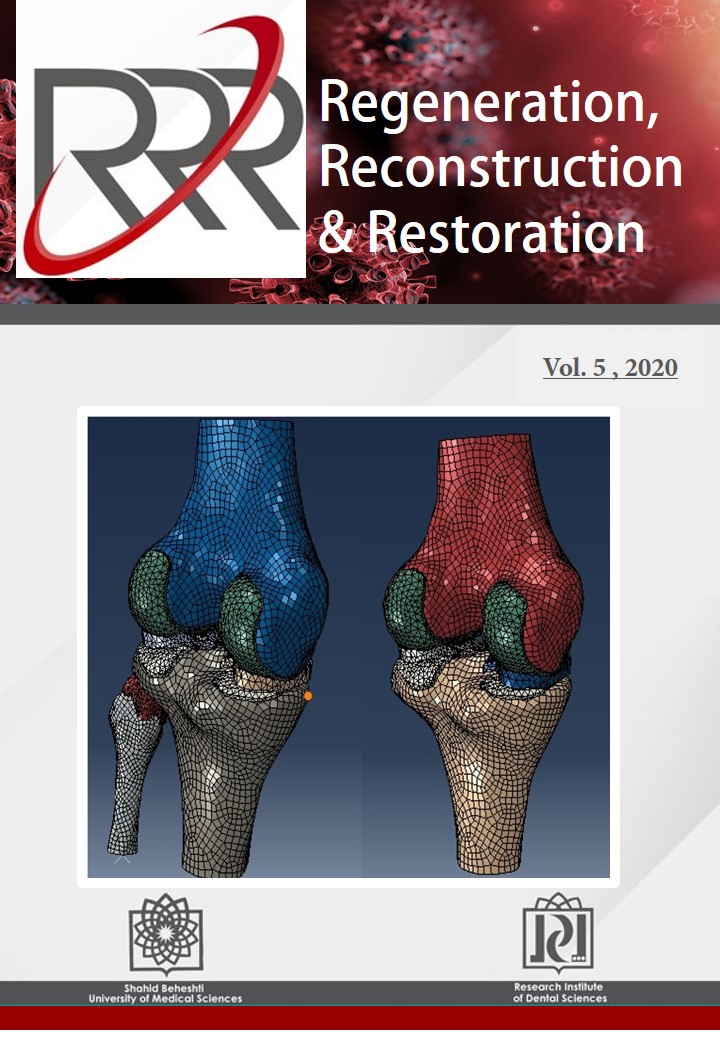Recent Advances in Tissue Bioengineering
Regeneration, Reconstruction & Restoration (Triple R),
Vol. 5 (2020),
24 Farvardin 2020,
Page e1
https://doi.org/10.22037/rrr.v5.30419
There is a considerable demand for tissue bioengineering to eliminate the need for the associated autogenous grafts which are still considered the gold standard for maxillofacial reconstruction following trauma and cancer treatment. Contemporary advances in the bioengineering of the jawbone depend on the production of three-dimensional scaffolds that facilitate the vascularisation and encourage targeted cellular adhesion for the reconstruction of the critical-size defect. In this respect, three-dimensional (3D) printing technology is promising in that it can create complex composite tissues. Various technologies have been utilised to achieve this target. The shape of the printed scaffold can be obtained from the 3D radiographic image of the patient where the defect is digitally reconstructed using mirror imaging techniques. Using Computer Aided Design (CAD) Computer Aided Manufacturing (CAM) technology, the digital model is then converted into a printed scaffold. This is usually followed by dispensing cells into discrete locations within the scaffold. Therefore, the structure of the 3D-printed bio-scaffold should fulfil the following criteria; the incorporation of microchannels to facilitate diffusion of nutrients, and the microporosity of 100–200 µm for cell survival.
3D printing, also known as additive manufacturing, is revolutionizing the practice in the tissue engineering (TE) field. Various types of 3D printing methods are available, the main types will be discussed in the following section.
